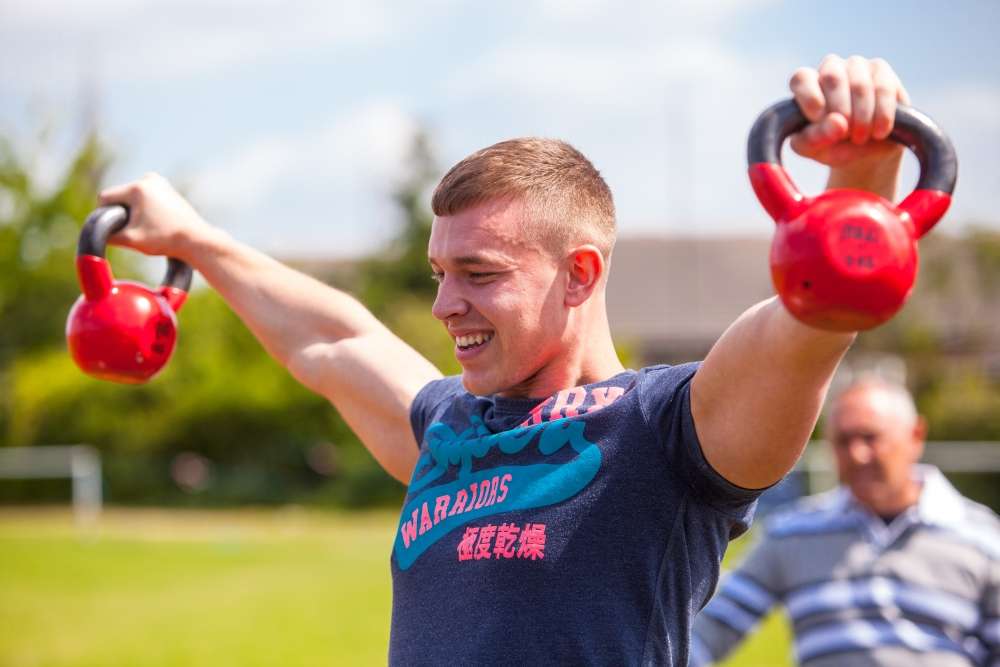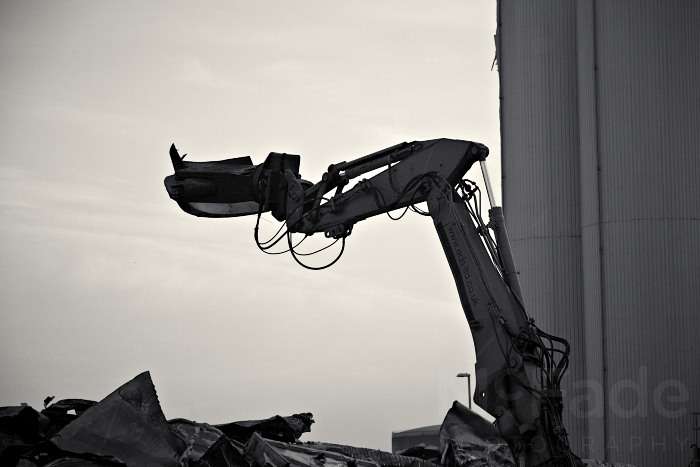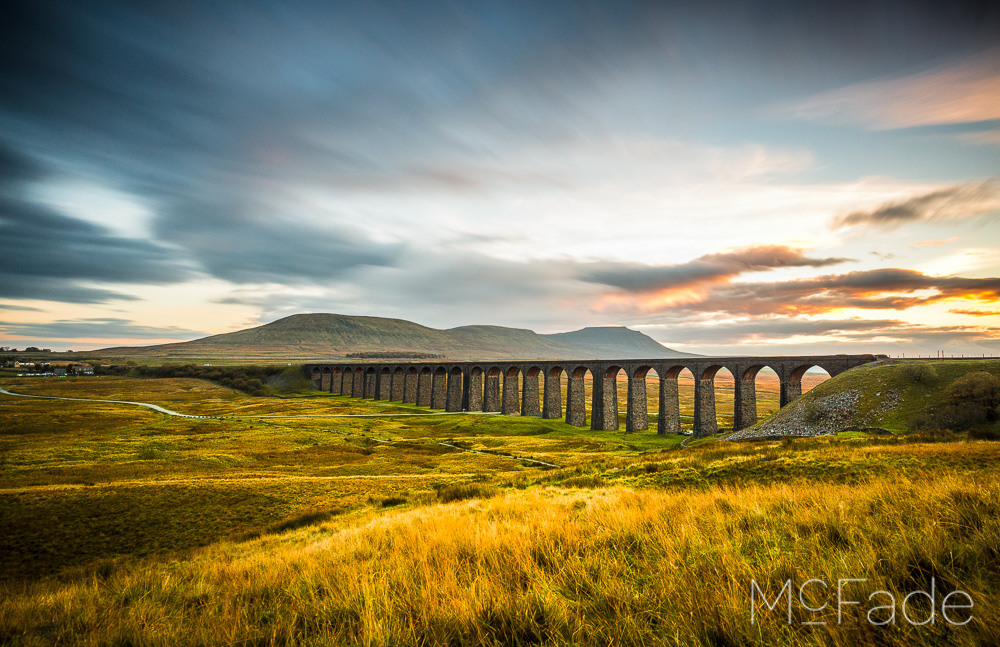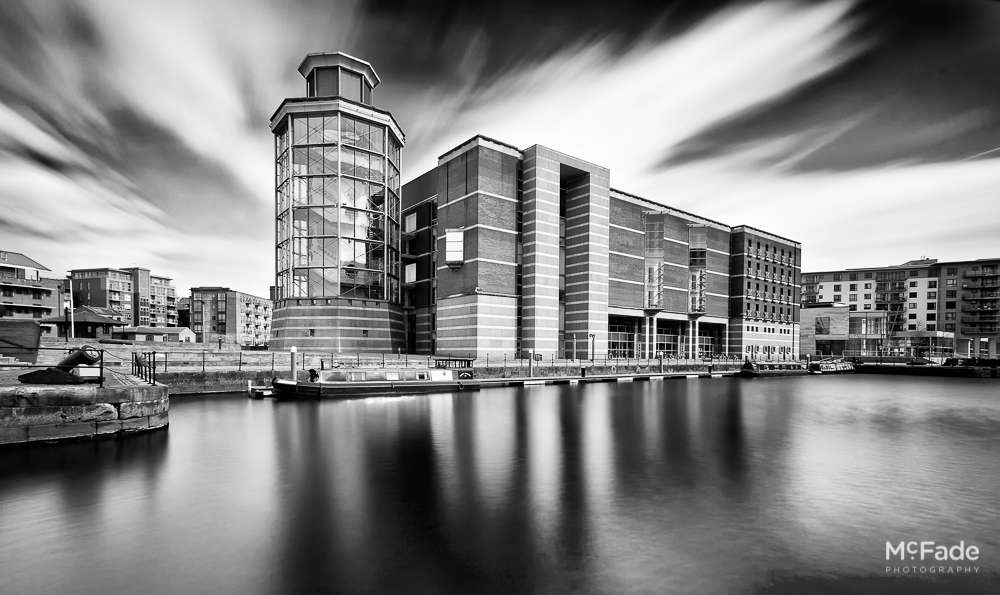Your Essential Beginner Photography Kit for Canon
Getting started in photography’s a bit like your first time behind the wheel—clunky at first, but once it clicks, you’re off. A sensible camera kit gives you that balance between decent results and not losing your mind over buttons and settings.
Something like the Canon 250 (DSLR) or Canon R50 (mirrorless) (solid starter cameras) gets you going without fuss. Pair it with an 18–55mm kit lens and you’ve got range—family do’s, day trips, bit of landscape photography.
Stick in a tripod for those low light or longer shots, chuck your gear in a padded camera bag, and you’re sorted for the basics.
- Camera Body: Entry-level DSLR or mirrorless camera—easy to handle, good image quality, doesn’t scare you off.
- Lens: Kit lens to start—covers most things. Add a prime later when you know what you like.
- Tripod: Handy for long exposures, group shots, or anywhere your hands let you down.
- Camera Bag: Bit of padding, enough space for the essentials. Keep your kit tidy, safe, and in one piece.
- External Flash: Optional, but can lift dull indoor shots. Adds punch.
- Cleaning Kit: Not glamorous, but keeps your gear in decent nick.
- Memory Cards & Spare Batteries: Absolutely vital. Running out mid-shoot is like your pen running dry in an exam.
That’s your first proper beginner photography kit—a reliable setup for the Canon crowd. You’ll be snapping, tweaking settings, and building confidence in no time.
Starter Camera Bodies That Just Work for Beginner Photography
Choosing your first camera’s a bit like picking your first car—needs to work well, feel right, and not empty your wallet.
The Canon EOS 250D, Canon EOS R50 mirrorless camera, Nikon D3500, and even the Sony A series—these all count as good cameras for beginners. Simple controls, solid image quality, and enough room to learn.
They usually come bundled with a kit lens (often 18–55mm), which is plenty to get going with. You can try portraits, a bit of landscape photography, street stuff—see what grabs you.
- Camera kit bundles: These often include memory cards, tripod, cleaning kit. Look out for seasonal offers.
- Canon RF or DSLR: Don’t sweat the tech too much. Go for what feels comfy. RF is the newer tech though – but more expensive
- Mirrorless camera: Lighter, newer tech, usually with electronic viewfinder. Worth a look if you’re new to photography.
Good Camera Lens Choices That Fit Your Style
Lens-wise, it’s less about specs, more about how you like to take photos. Kit lenses are flexible—18–55mm gives a nice zoom range. Stick a 50mm prime in your bag if you fancy better low-light or portraits with a shallower depth of field.
- Zoom Lens: Kit lens for general use. Great for learning the ropes.
- Prime Lens (50mm): Brighter, sharper, lighter. Excellent for portraits and low-light.
- Telephoto: Optional, unless you’re into sport or wildlife. Bit chunky for everyday use.
Don’t Forget a Memory Card & Spare Batteries
Spare batteries and memory cards are like socks—you always want extras. Brands like SanDisk make reliable SD cards. Go for 64GB or higher if you’re shooting RAW or video.
- Memory Card: Stick with trusted brands. SD card or microSD with adapter works fine. Some have Compact Flash – so double check this first
- Hard Drive: Back things up regularly—don’t rely on just one card.
- Battery: Canon and Nikon spares aren’t expensive. Keep one or more fully charged in your bag.
Camera Bag & Cleaning Kit – Must-Have Accessories
There’s loads of gear out there, but most of it’s fluff when you’re starting out. Stick with stuff that solves real problems.
- Cleaning Kit: Cloth, blower, maybe a brush. Keeps your lens smudge-free.
- Camera Bag: Doesn’t need to be designer—just protects your gear and fits what you need.
- Tripod: Essential for low light or sharp shots. Get one that fits your style—compact if you’re out and about a lot.
- Camera Lens Hood: Keeps glare down and gives your lens a bit of bump protection.
When You’re Ready to Upgrade
Once you’ve got a few shoots under your belt, you might start eyeing extras. Think about a second lens—maybe a zoom lens with a longer focal length or something faster for portraits. Or upgrade your camera body once you’ve nailed the basics.
- Two lenses: One wide, one prime covers most bases.
- Better tripod or flash: If you’re shooting more indoors or playing with light.
- Studio Photography Kit: Only if you’re heading that way. Don’t buy it because it looks cool.
Whatever path you take, remember: the best camera for beginners is the one that feels right and gets used. Don’t be precious—just get out, take photos, mess up, and learn.














